AI Tools & Trends
Stay updated with the latest AI tools, platforms, and trends shaping the future of technology. Discover practical use cases, new releases, and how artificial intelligence is changing the way we work, create, and think.
-


From Chatbots to Multi-Agent Systems: How AI Has Evolved
Key Points AI has evolved from simple chatbots using Large Language Models (LLMs) to complex Multi-Agent Systems, enabling more sophisticated tasks. Each stage builds on the last: LLMs generate text, RAG adds external knowledge, AI Agents act autonomously, and Multi-Agent Systems collaborate. Developers benefit by using these tools for tasks…
Read More » -

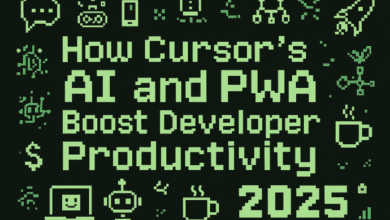
How Cursor’s AI Agents and PWA Boost Developer Productivity Across Platforms
Key Points: Cursor’s AI agents automate coding tasks like bug fixes and feature development, saving developers time and effort. Its Progressive Web App (PWA) allows seamless coding on any device—desktop, tablet, or phone—with a native-like experience. Features like Slack integration and team collaboration streamline workflows, especially for remote teams. Available…
Read More » -

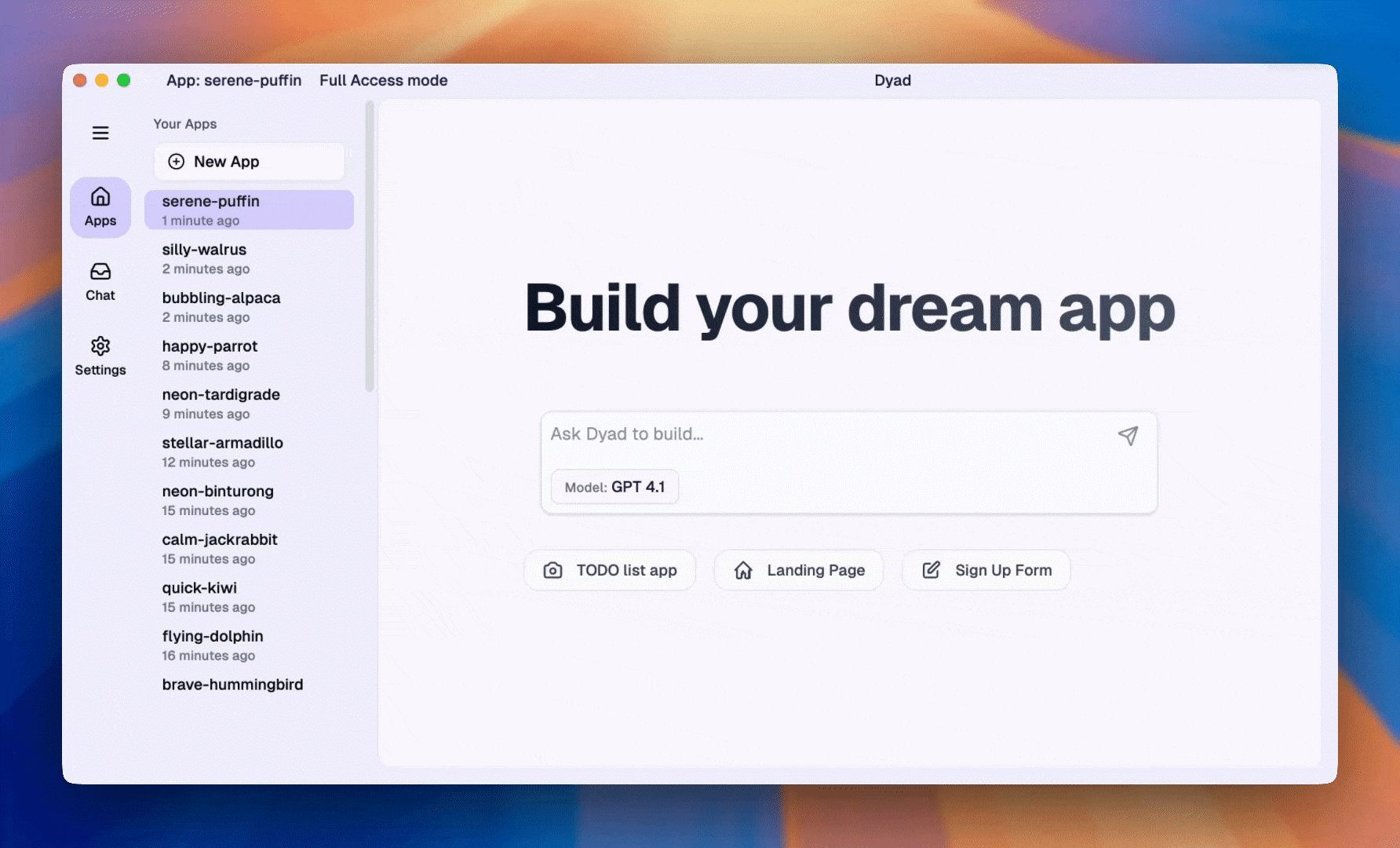
Dyad: Privacy-First AI App Builder for Local Development
Key Points: Dyad is a free, open-source AI app builder that runs locally on macOS, Windows, and Linux, ensuring full data privacy. It supports multiple AI models (e.g., GPT-4, Claude, Gemini) via your own API keys, avoiding vendor lock-in. Dyad integrates with Supabase for full-stack development and offers complete code…
Read More » -


Google Launches Gemini CLI: AI-Powered Terminal Tool for Developers
Tired of terminals that just… sit there?Imagine turning your command line into a fully loaded AI-powered coding assistant—ready to write code, fix bugs, research obscure errors, and more. That’s exactly what Google’s new Gemini CLI brings to the table. This open-source developer tool, powered by the Gemini 2.5 Pro model,…
Read More » -

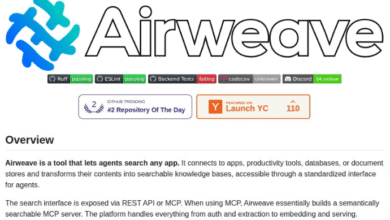
Airweave: Open Source Agent Search for Smarter AI Workflows
Key Points: Airweave is an open source agent search tool that simplifies creating searchable knowledge bases for AI agents by connecting apps, databases, and APIs. It uses semantic search with vector embeddings to deliver context-aware results, unlike traditional keyword-based searches. The Model Context Protocol (MCP) enables AI agents to query…
Read More » -

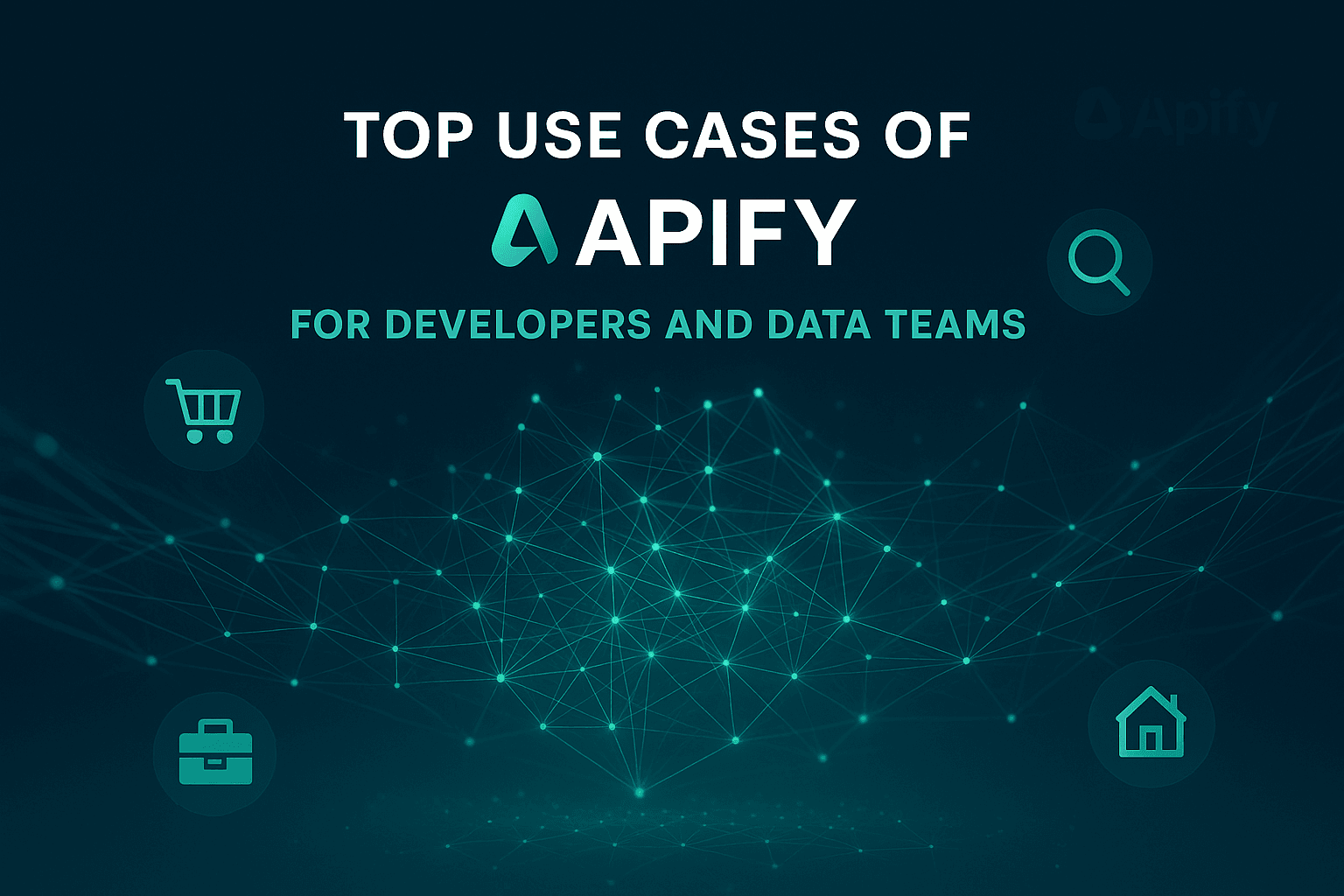
Top Use Cases of Apify for Developers and Data Teams
Introduction In 2025, data is the backbone of decision-making, and Apify stands out as a leading platform for web scraping, automation, and data extraction. Designed to simplify complex tasks, Apify offers a cloud-based ecosystem with over 5,000 pre-built tools, known as Actors, available in the Apify Store. These tools, combined…
Read More » -

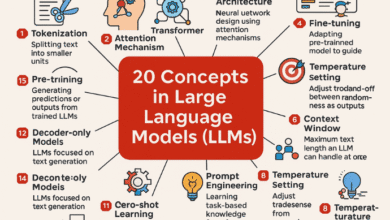
20 Key Concepts in Large Language Models (LLMs)
Large Language Models (LLMs) are revolutionizing the world of artificial intelligence by enabling machines to read, write, translate, and even reason in natural human language. These models power applications like chatbots, AI assistants, coding copilots, search engines, and educational tools. Whether you’re using ChatGPT, Google Bard, or Claude, you’re interacting…
Read More » -

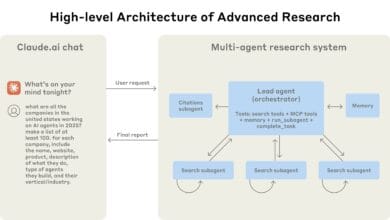
How Anthropic Built a Powerful Multi-Agent AI System: A Developer’s Guide
Hey there, fellow code wranglers! Ever felt like your AI is trying to juggle a dozen tasks but ends up dropping the ball? Well, buckle up, because Anthropic’s Multi-Agent AI System is here to show you how to turn your AI into a well-oiled team of super-smart assistants. It’s like…
Read More » -

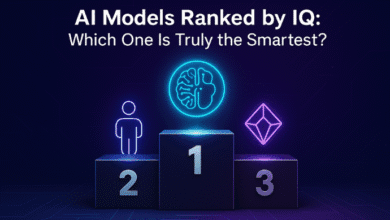
AI Models Ranked by IQ: Which One Is Truly the Smartest?
AI Models Ranked by IQ — sounds intense, right? But it’s real. In this deep dive into the AI IQ ranking, we’ll uncover how today’s top models stack up in actual intelligence tests. Hey there, tech enthusiasts and code wizards! Ever wondered just how smart your favorite AI model really…
Read More » -

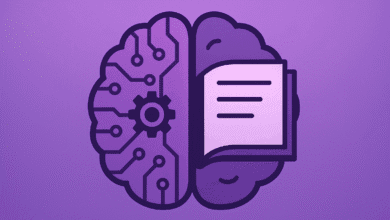
How Retrieval-Augmented Fine-Tuning (RAFT) Works?
Key Points: RAFT combines Retrieval-Augmented Generation (RAG) and fine-tuning to enhance large language models (LLMs) for specialized domains. It seems likely that RAFT improves accuracy by training models to focus on relevant information while ignoring distractions. Research suggests RAFT reduces AI “hallucinations” by grounding responses in verified data. It’s particularly…
Read More »
